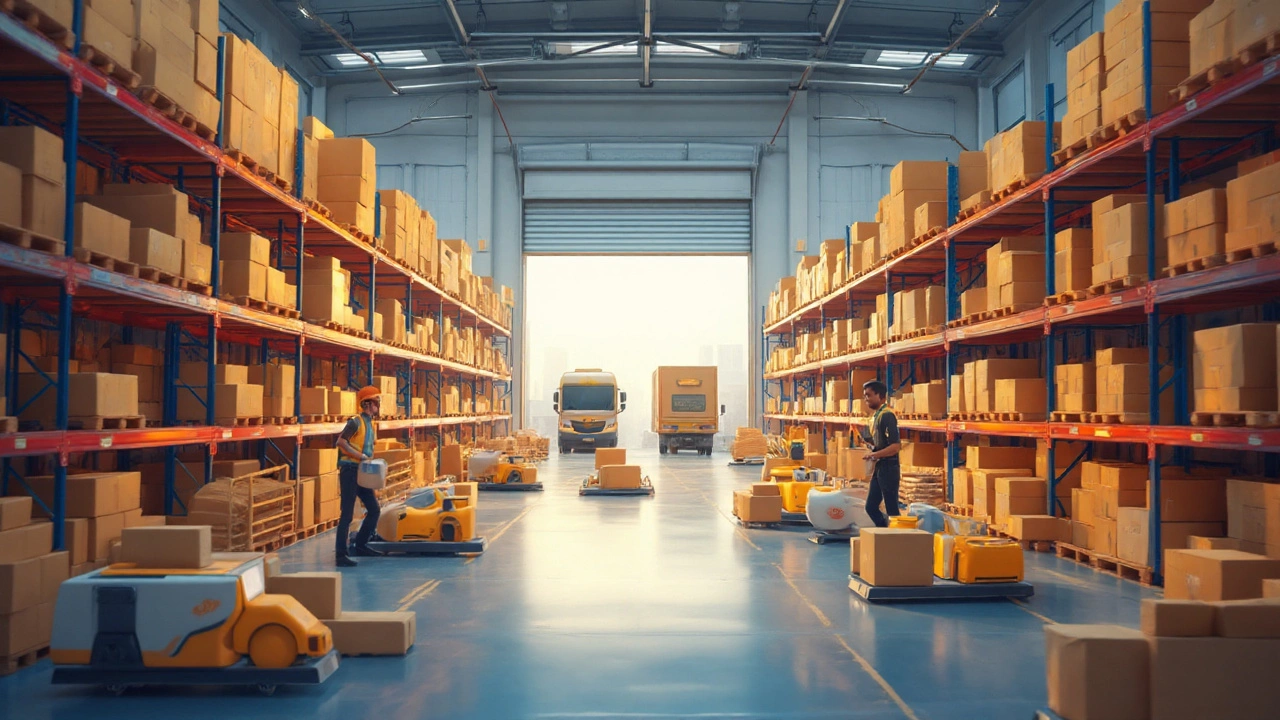Digital Shipping: What It Is and Why It Matters
Ever wonder why some online orders show up in a day while others take a week? The secret is digital shipping – the tech that links your order to the carrier, tracks every move, and lets you tweak routes on the fly. It’s not magic, just data and simple tools that cut delays and surprise fees.
When you click ‘buy now,’ a digital platform instantly sends the package details to a courier, confirms the pickup slot, and generates a tracking link. You get real‑time updates, and the carrier gets precise instructions, which means fewer missed deliveries and lower chances of damage.
How Digital Shipping Works
First, the e‑commerce site talks to a shipping API – think of it as a bridge between the store and carriers like UPS, FedEx, or local couriers. The API sends the weight, dimensions, destination, and any special handling notes. In seconds, the system returns price options, estimated delivery dates, and a label you can print.
Next, the carrier’s own software schedules the pickup, assigns the parcel to a driver, and updates the tracking database each time the package moves. Because every step is logged, you can see exactly where the bike or box is at any moment. If a delay pops up, the system can automatically reroute or offer a discount to keep the customer happy.
Top Tools to Boost Your Digital Shipping
Shipping management platforms like ShipStation, Shippo, or Easyship centralize orders from multiple marketplaces, compare rates, and print labels in bulk. They also let you set rules – for example, always choose the cheapest service for items under 5 kg.
Real‑time tracking dashboards give you a live map of all outgoing parcels. You can spot bottlenecks early and alert customers before they start a chase‑email.
Automation scripts can pull order data from your shop, generate labels, and email tracking numbers without you lifting a finger. Simple Zapier or Integromat workflows do the trick for small businesses.
Lastly, customer‑facing notifications – SMS or WhatsApp updates – cut down on “where’s my package?” calls. A quick “Your bike is on the way, expected by 5 pm tomorrow” keeps trust high.
Putting these tools together turns a chaotic shipping process into a smooth, data‑driven operation. You spend less time chasing parcels and more time growing sales.
So, if you’re still using spreadsheets and manual calls, it’s time to upgrade. Start with a free trial of a shipping platform, connect your store’s API, and watch the efficiency jump. Your customers will notice the faster delivery, and your bottom line will thank you for the saved time and reduced errors.
